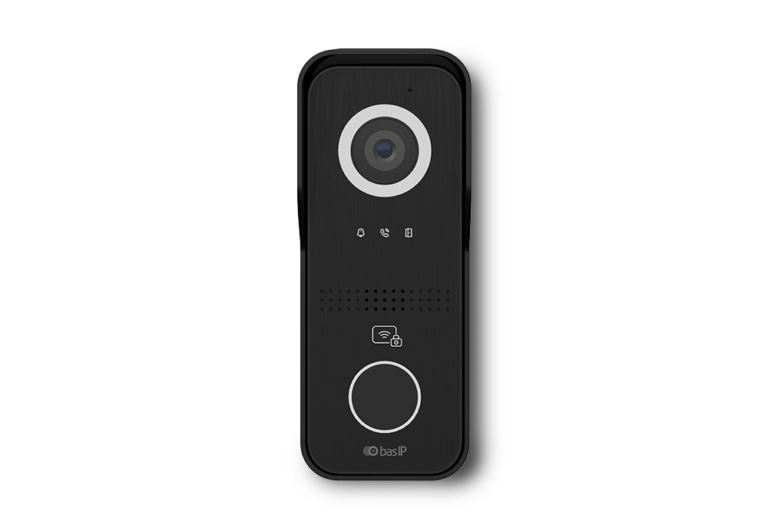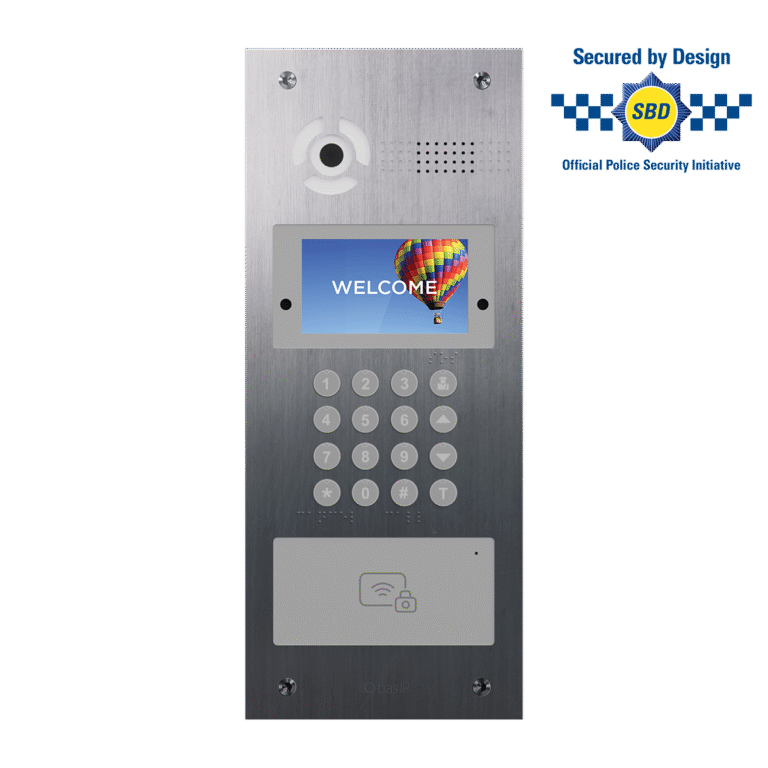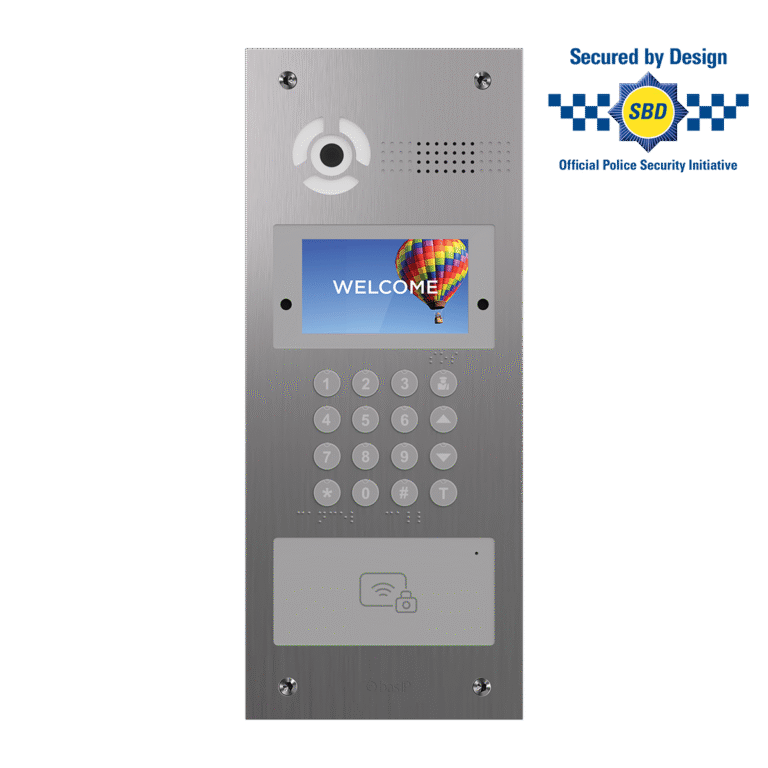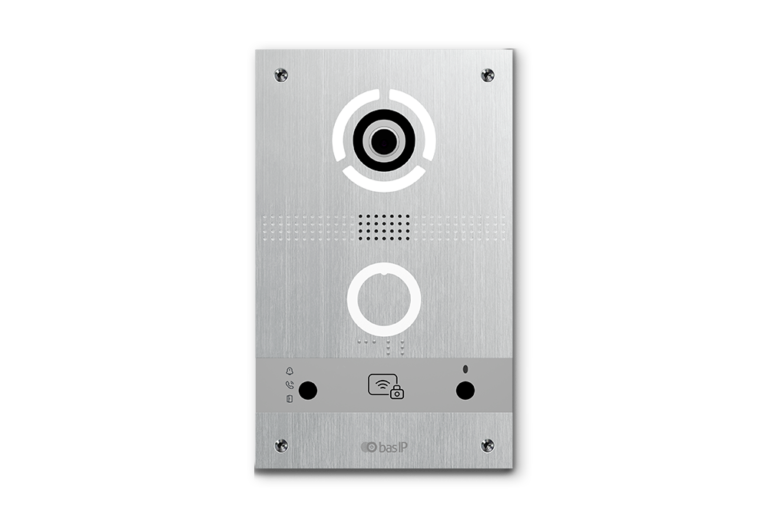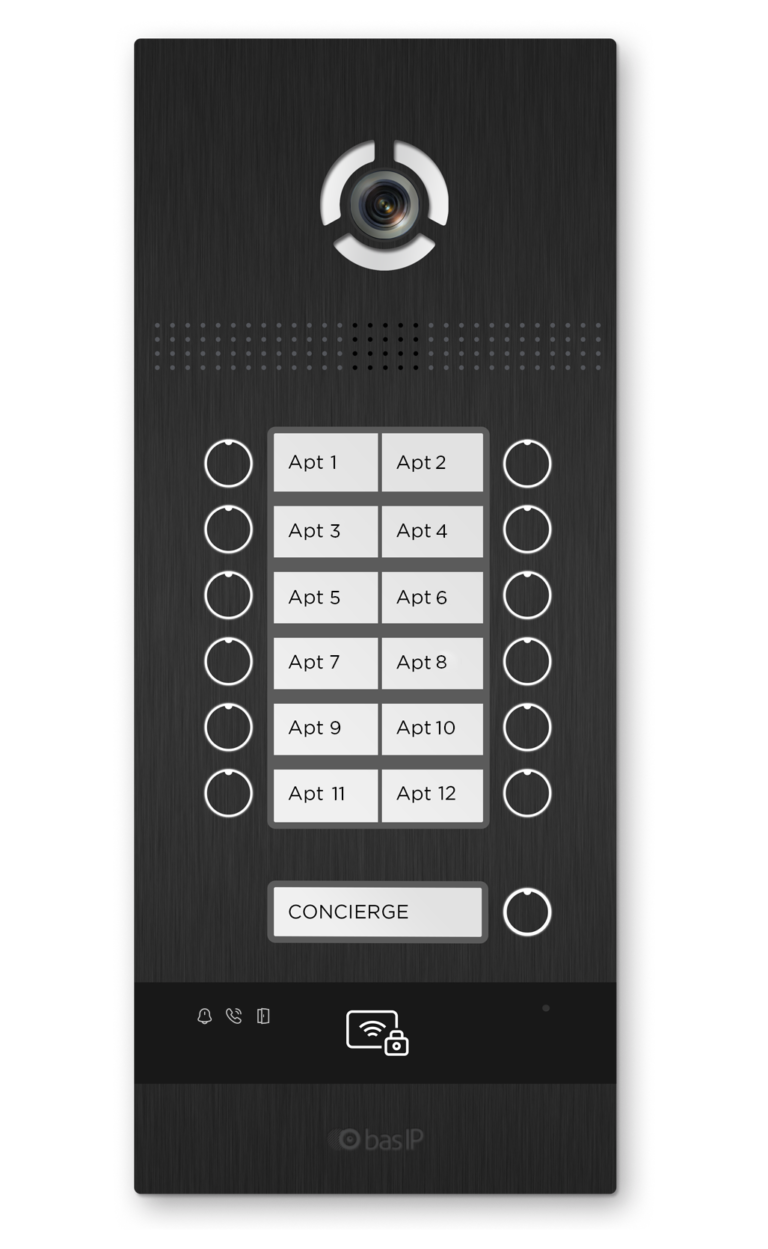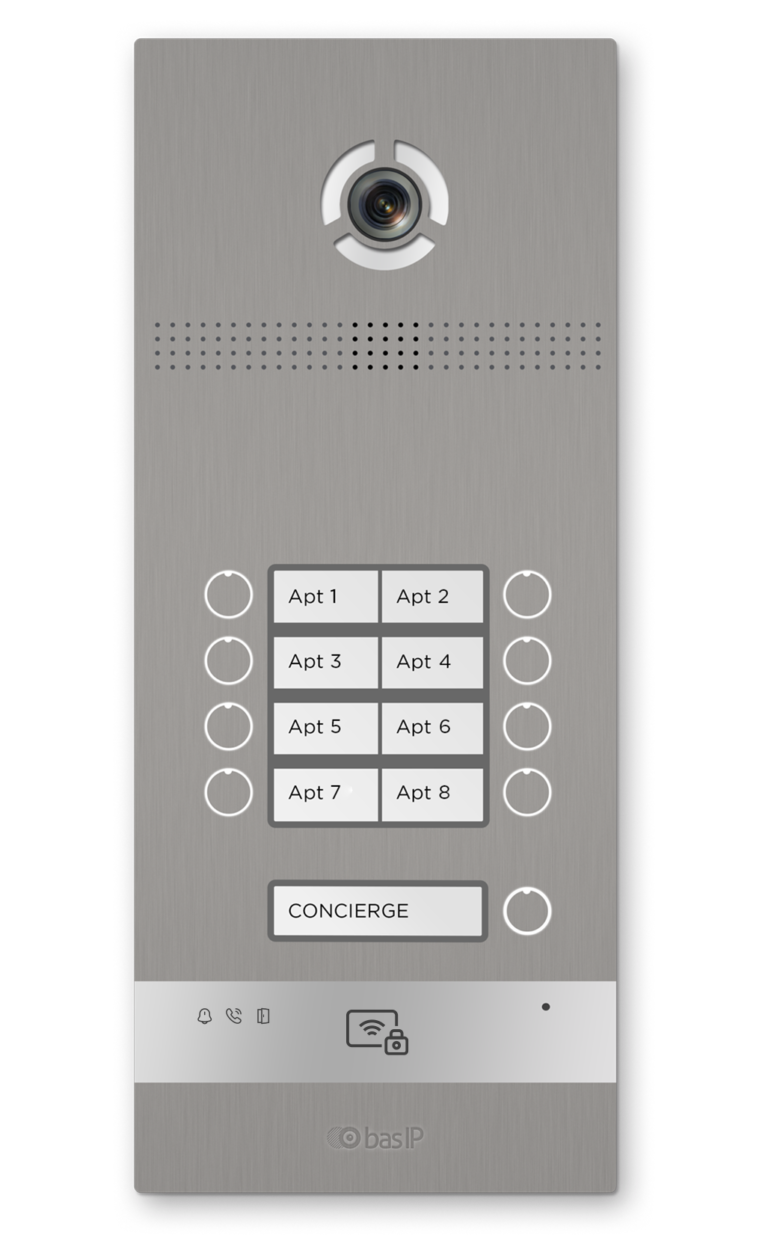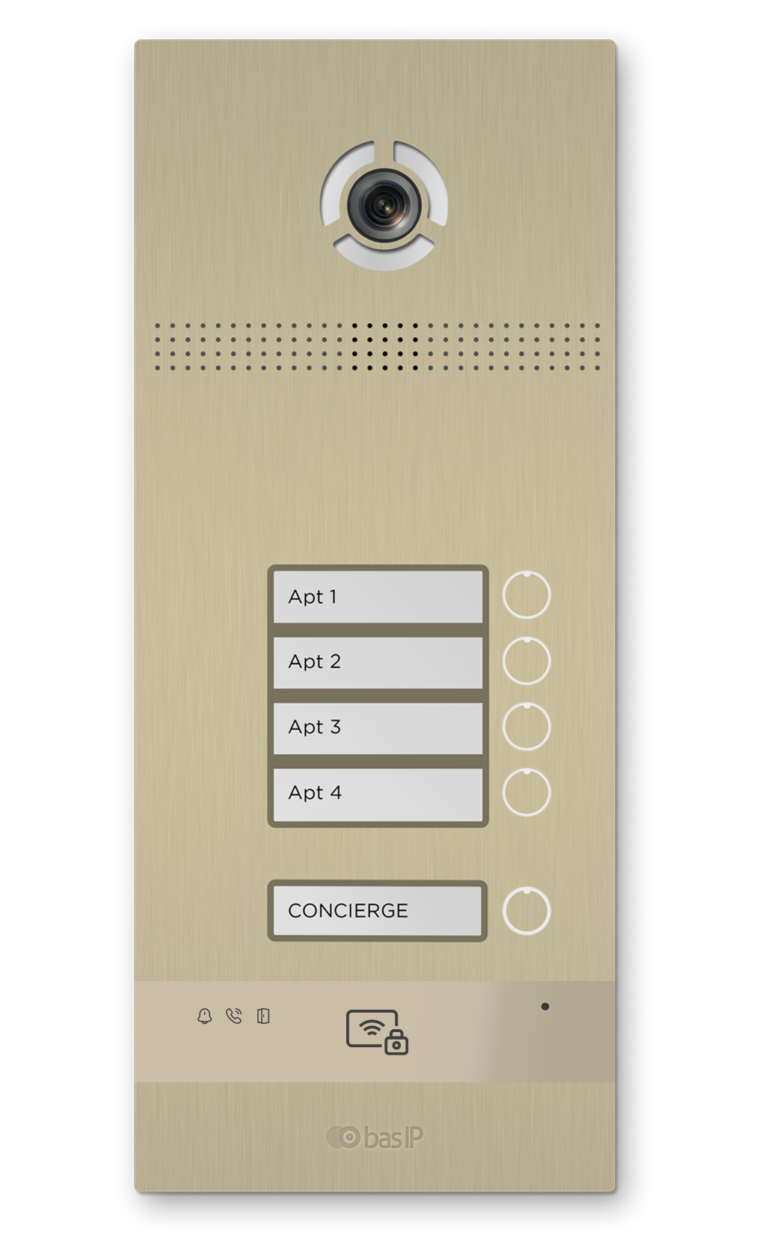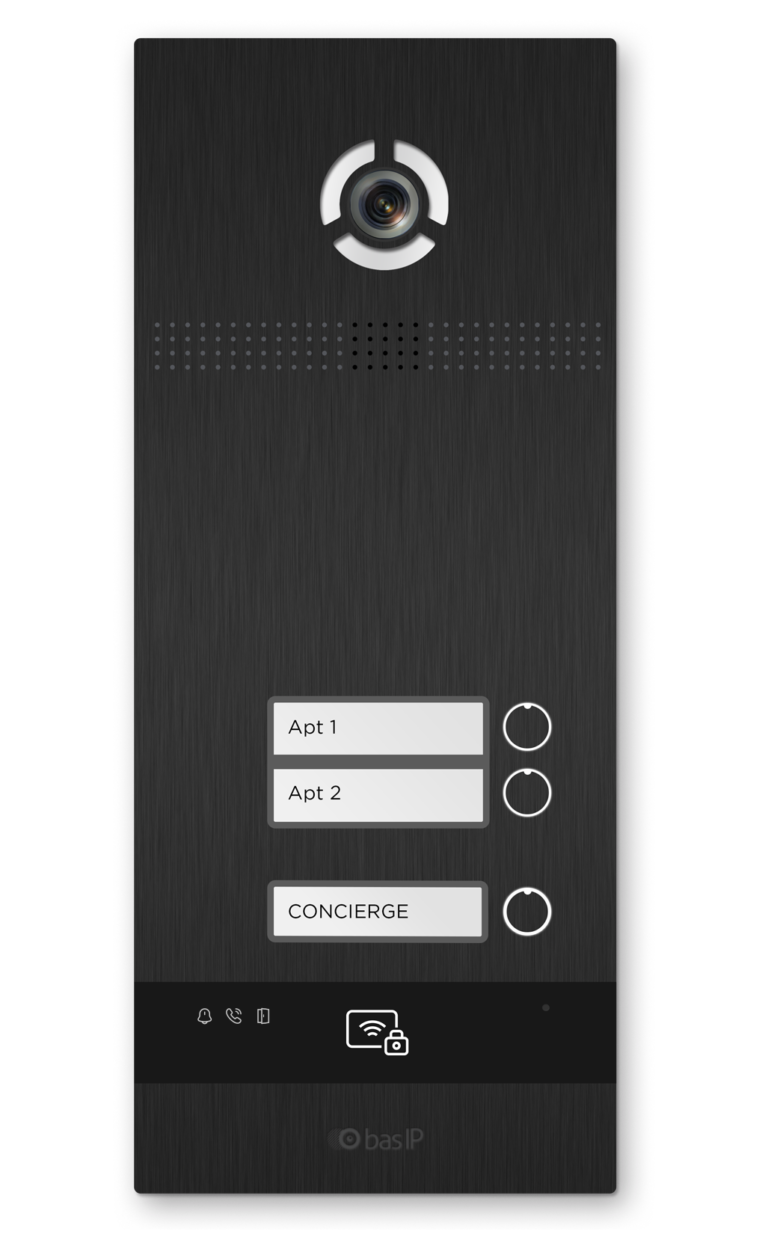Automatic Doors: The Unseen Power in Modern Infrastructure

Automatic doors, a common sight in our daily lives, are often overlooked despite their significant role in modern infrastructure. These doors, which open automatically upon sensing a person’s approach, have revolutionized accessibility and convenience in both commercial and residential settings. This article delves into the world of automatic doors, exploring their history, mechanisms, types, benefits, and future trends.
History
When Were Automatic Doors Invented
The concept of automatic doors dates back to the 1st century AD, with mathematician Heron of Alexandria in Roman Egypt being credited with the first known automatic door. His invention used heat from a fire to build up atmospheric pressure in a brass vessel, which then pumped water into adjacent containers. These containers acted as weights that, through a series of ropes and pulleys, would open the temple’s doors at about the time people were to arrive for prayer.
Evolution and Modern Advancements
The modern automatic door as we know it today was developed in 1931 by engineers Horace H. Raymond and Sheldon S. Roby of Stanley Works. Patent can be found here. They designed the first model of an optical device triggering the opening of an automatic door, which was installed in Wilcox’s Pier Restaurant in West Haven, Connecticut. In 1954, Dee Horton and Lew Hewitt invented the first sliding automatic door, which used a mat actuator. They co-founded Horton Automatics Inc in 1960 and placed the first commercial automatic sliding door on the market. With the invention of the Gunn diode in the 1970s, microwave motion detectors became common in automatic doors. In 1980, the first automatic doors using an infrared sensor were introduced.
Types of Automatic Doors
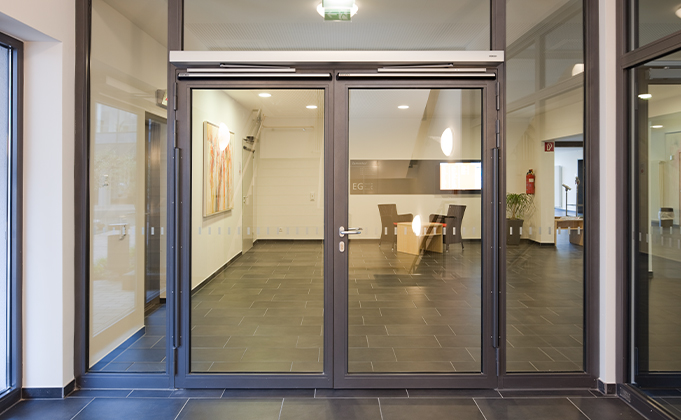
| Type | Description |
|---|---|
| Sliding Doors | These are the most common type of automatic doors used in commercial settings. |
| Swing Doors | These doors are often used in residential settings and smaller commercial spaces. |
| Revolving Doors | These doors are used in high-traffic areas such as hotels and large office buildings. |
| Folding Doors | These doors are used when space is limited. |
| Special Types | This includes hermetic doors for hospitals and telescopic doors for wide entrances. |
How Automatic Doors Work
Automatic doors are a staple in many commercial and residential buildings, providing a convenient and hands-free entry and exit. But how exactly do these doors work? The operation of automatic doors involves a combination of sensors, motors, and control systems.
Sensors and Triggering Mechanisms
The primary component of an automatic door system is the sensor. Sensors are devices that detect movement or presence in a specific area. There are several types of sensors used in automatic doors, including:
- Microwave Sensors: These sensors emit microwave pulses and measure the reflection of these pulses off a moving object. When a person or object approaches the door, the time taken for the reflection changes, triggering the door to open.
- Infrared Sensors: Infrared sensors work by emitting infrared light. When a person or object interrupts this light, the sensor sends a signal to the door operator to open the door.
- Pressure Sensors: These sensors are often used in mat actuators. When someone steps on the mat, the pressure triggers the door to open.
Door Operators and Mechanisms
Once the sensor triggers the door to open, the door operator comes into play. The door operator is a motorized device that opens and closes the door. There are different types of door operators for different types of doors, such as sliding, swing, and revolving doors.
For sliding doors, the operator typically uses a belt, gear, or chain drive to move the door along a track. Swing door operators use a mechanical arm that pushes or pulls the door open. Revolving doors usually have a motor in the central shaft that turns the door.
Control Systems
The control system is the brain of the automatic door. It receives signals from the sensors and sends commands to the door operator. Most control systems have adjustable settings for the door’s opening and closing speed, the delay before the door starts closing, and the hold-open time for the door to stay open.
Safety Features
Safety is a crucial aspect of automatic doors. Most automatic doors have safety sensors that prevent the door from closing if there is an obstruction. Some doors also have a manual override feature that allows the door to be opened manually in case of a power failure or emergency.
The operation of automatic doors involves a seamless interaction between sensors, door operators, and control systems. These components work together to provide a convenient and safe passage for people and goods.
Solutions
Automatic doors have become an integral part of modern infrastructure, providing convenience, accessibility, and enhanced security in a variety of settings. Let’s explore the different automatic door solutions available for commercial and residential applications.
Commercial Automatic Door Solutions
Commercial buildings often require robust and efficient entrance solutions to handle high traffic volumes and meet specific operational needs. Here are some common types of commercial automatic doors:
- Sliding Doors: These are ideal for high-traffic areas such as shopping malls, airports, and large office buildings. They provide a wide opening for easy passage and can be designed to open in a single direction or bi-directionally.
- Swing Doors: Swing doors are versatile and can be used in a variety of commercial settings, including retail stores, offices, and restaurants. They can be configured to swing inward, outward, or both.
- Revolving Doors: Revolving doors are perfect for high-traffic entrances and help maintain the indoor climate by reducing air exchange with the outside.
- Telescopic Doors: These doors are suitable for entrances with limited space but require a wide opening. They consist of multiple panels that slide over each other when the door opens.
- Industrial Doors: These are designed for industrial applications and include options like roll-up doors, sectional doors, and high-speed doors.
Residential Automatic Door Solutions
Residential automatic doors enhance convenience and accessibility in homes. They can be particularly beneficial for individuals with mobility challenges. Here are some common types of residential automatic doors:
- Sliding Doors: Automatic sliding doors are popular for patio entrances and provide a seamless transition between indoor and outdoor spaces.
- Swing Doors: Automatic swing doors can be installed for main entrances or interior doors. They can be particularly useful for doors that need to be frequently opened and closed, such as a door to a garage or utility room.
- Garage Doors: Automatic garage doors provide convenience and security, allowing homeowners to open and close the garage door without leaving their vehicle.
- Folding Doors: Automatic folding doors can be a great solution for spaces where the swing of a door needs to be minimized.
Automatic doors offer versatile solutions for both commercial and residential applications. By choosing the right type of automatic door, you can enhance the functionality, accessibility, and aesthetic appeal of your building.
Benefits
Automatic doors offer numerous benefits, including improved accessibility for people with disabilities, energy efficiency by reducing heat loss, enhanced security with customizable access, and convenience by allowing hands-free entry and exit.
Automatic doors are an excellent choice for both commercial and residential settings. Here’s a detailed look at some of these benefits:
| Benefit | Description | Example |
|---|---|---|
| Accessibility | Automatic doors provide easy access for everyone, including people with disabilities, elderly individuals, and people carrying heavy items. They comply with the Americans with Disabilities Act (ADA) standards for accessible design. | An automatic door at a grocery store allows a customer pushing a full shopping cart to exit without struggling to open a door manually. |
| Energy Efficiency | Automatic doors only open when triggered, reducing the amount of time doors remain open and thus minimizing heat loss or gain. This can lead to significant energy savings. | In a shopping mall, automatic sliding doors help maintain the indoor temperature by minimizing the amount of hot or cold air entering from outside. |
| Security | Automatic doors can be integrated with access control systems to restrict entry to authorized individuals only. They can also be programmed to lock automatically. | In a corporate office, automatic doors can be linked to employee ID cards to ensure only staff can access the building. |
| Convenience | Automatic doors provide a hands-free operation, which is not only convenient but also hygienic, reducing the spread of germs on door surfaces. | In a hospital, automatic doors allow healthcare workers to move quickly without the need to touch door handles, reducing the risk of cross-contamination. |
| Aesthetics | Automatic doors, especially glass ones, add a modern, sleek look to the building facade. They can be customized to fit the design and aesthetics of the building. | A hotel lobby with large glass automatic doors creates a welcoming and stylish entrance for guests. |
| Space Management | Certain types of automatic doors, like sliding or telescopic doors, are excellent for managing space in areas with limited room or high foot traffic. | In a small boutique store, an automatic sliding door provides efficient use of space, allowing for more retail display near the entrance. |
Choosing the Right Automatic Door
Selecting the right automatic door for your building can significantly enhance its functionality and aesthetics. However, this decision should be based on several factors to ensure that the door meets your specific needs and requirements. Here are some key considerations:
Traffic Volume
The amount of foot traffic your building receives is a crucial factor. High-traffic areas such as shopping malls, airports, and large office buildings often benefit from sliding or revolving automatic doors, which can handle a constant flow of people. For lower traffic areas like small offices or residential properties, swing doors might be more suitable.
Space
The available space can also dictate the type of automatic door to install. Sliding doors or telescopic doors are excellent for areas with limited space because they don’t swing outward or inward. On the other hand, swing doors or folding doors might be suitable for wider entrances.
Purpose
The purpose of the door is another important consideration. For instance, if you need a door for a hospital or a clean room, you might require a hermetic door, which provides an airtight seal to prevent air leakage. If security is a primary concern, you might want to consider automatic doors with integrated access control systems.
Cost Considerations
The cost of automatic doors can vary significantly depending on their type, size, and features. It’s important to consider not only the initial purchase and installation cost but also the long-term costs of energy use, maintenance, and potential repairs.
Maintenance and Durability
Different types of automatic doors may require different levels of maintenance. Some might need regular professional servicing to ensure they function correctly, while others might only require occasional cleaning. The durability of the door is also important, especially in high-traffic areas where wear and tear can be significant.
Aesthetics
Last but not least, the aesthetic appeal of the door should complement the overall design and architecture of your building. Automatic doors come in a variety of styles, materials, and finishes, so you can choose one that best fits your building’s aesthetic.
In conclusion, choosing the right automatic door involves a careful evaluation of your building’s specific needs and circumstances. It’s always a good idea to consult with a professional door installer or manufacturer to get expert advice tailored to your situation.
Leading Manufacturers
In the world of automatic doors, several manufacturers stand out due to their commitment to quality, innovation, and customer satisfaction. Here’s a comparative overview of some of the leading manufacturers in the industry: Dormakaba, Kone, ASSA ABLOY Entrance Systems, STANLEY Access Technologies, and Record UK.
| Manufacturer | Year Established | Description | Key Benefits | Website |
|---|---|---|---|---|
| Dormakaba | 1862 | Dormakaba is a global player in the field of automatic doors, offering a wide range of products and solutions for both commercial and residential applications. | Known for their high-quality products, innovative solutions, and commitment to customer satisfaction. | Dormakaba |
| Kone | 1910 | Kone is a Finnish multinational corporation that provides elevators, escalators, automatic building doors, and integrated solutions to enhance people’s flow in and between buildings. | Known for their innovative and eco-efficient solutions for elevators, escalators, and automatic building doors. | Kone |
| ASSA ABLOY Entrance Systems | 1994 | ASSA ABLOY Entrance Systems is a leading provider of entrance automation solutions. They offer a wide range of products, including automatic doors, commercial & industrial doors, high-speed doors, and loading dock equipment. | Known for their comprehensive range of automatic entrance products and maintenance services. | ASSA ABLOY Entrance Systems |
| STANLEY Access Technologies | 1932 | STANLEY Access Technologies is a pioneer in the automatic door industry. They offer a variety of automatic door solutions, including sliding, swinging, folding, transit/metro, and revolving door systems. | Known for their innovative door automation technologies and commitment to customer service. | STANLEY Access Technologies |
| Record UK | 1953 | Record UK is a leading manufacturer, supplier, and installer of automatic doors and entrance solutions in the UK. They offer a wide range of solutions from impressive commercial façades to dedicated shop-fronts or simple replacement sliding doors. | Known for their high-quality products, tailored maintenance programmes, and 24/7 maintenance and servicing team. | Record UK |
Integration
In the realm of building security and access control, the integration of automatic doors with advanced systems like IP intercoms is a game-changer. This combination not only enhances security but also improves convenience and operational efficiency.
When an automatic door system is integrated with an access control system, the door serves as more than just an entry or exit point. It becomes a critical component of the building’s security infrastructure.
Seamless Integration with IP Intercoms
IP intercoms, such as those provided by BAS-IP, can be seamlessly integrated with automatic doors. This integration allows for controlled access based on verified identification. When a visitor or employee approaches the door and uses the intercom, their identity can be verified through audio or video communication. Once verified, the automatic door can be remotely activated to allow entry.
| Benefit | Description |
|---|---|
| Enhanced Security | The integration allows for controlled access based on verified identification, enhancing the overall security of the building. |
| Operational Efficiency | Automatic doors can be programmed to remain locked outside of business hours and only be accessible to those with clearance, reducing the need for manual monitoring and control. |
| Convenience | With remote access control, doors can be unlocked from anywhere, providing convenience for both the users and the administrators. |
| Future-Proof Solution | As technology continues to evolve, the integration capabilities of automatic doors and access control systems are expected to expand, making this a future-proof solution. |
| Customizable Access | Access control systems can be programmed to allow certain individuals access at specific times, offering customizable access based on the needs of the building. |
| Comprehensive Security Solution | When integrated with other systems such as alarm systems and CCTV, this combination can provide a comprehensive security solution for the building. |
Integrating automatic doors with access control systems like IP intercoms offers a powerful solution for enhancing building security and operational efficiency. It’s a testament to how technology can be leveraged to create safer and more secure environments.
Installation and Maintenance
The installation and maintenance of automatic doors are critical aspects that ensure their proper functioning and longevity. Here’s a detailed look at both these processes:
Installation
The installation process of automatic doors varies depending on the type of door. Here are the general steps involved:
- Site Preparation: The first step is to prepare the site where the door will be installed. This may involve removing the existing door, if any, and ensuring the doorway is clean and level.
- Frame Installation: The frame of the automatic door is then installed. This includes the track for sliding doors or the pivot points for swing doors.
- Door Installation: The door leaf or leaves are then installed onto the frame. This must be done carefully to ensure the door moves smoothly and aligns correctly when closed.
- Operator Installation: The door operator, which is the motor that opens and closes the door, is then installed. This is usually mounted above the door for sliding and swing doors.
- Sensor Installation: The sensors are then installed. These are usually placed above the door or embedded in the floor, depending on the type of sensor.
- System Connection: The door operator and sensors are then connected to the control system. This involves wiring the components together and connecting them to a power source.
- System Configuration: The final step is to configure the system. This includes setting the opening and closing speeds, the delay before the door starts closing, and the hold-open time.
Maintenance
Regular maintenance is essential to ensure the longevity and proper functioning of automatic doors. Here are some key maintenance tasks:
- Regular Cleaning: The door and its components should be cleaned regularly to remove dust and dirt that can interfere with their operation.
- Regular Inspection: A regular inspection of the door, frame, operator, and sensors can help identify any potential issues before they become serious problems. This should include checking for any signs of wear and tear, misalignment, or damage.
- Lubrication: Some parts of the door, such as the tracks for sliding doors or the pivot points for swing doors, may need to be lubricated periodically to ensure smooth operation.
- Professional Servicing: Depending on the type of door and its usage, professional servicing may be required periodically. This can include more in-depth checks and adjustments that require specialist knowledge and tools.
In case of any issues with your automatic door, it’s recommended to call a professional. Attempting to fix the problem yourself can potentially lead to further damage or safety risks.
Proper installation and regular maintenance are key to ensuring your automatic door operates smoothly and lasts for many years. Always refer to the manufacturer’s instructions for specific guidance related to your particular door model.
Future
The future of automatic doors is promising and exciting, with technological advancements and sustainability trends shaping the industry. Here are some key trends to watch out for:
Technological Advancements
- Artificial Intelligence (AI): AI is expected to play a significant role in the future of automatic doors. AI can be used to improve the functionality of automatic doors, such as predictive opening and closing based on traffic patterns and individual user behavior.
- Internet of Things (IoT): IoT technology can enable automatic doors to be connected to other smart devices and systems. This can allow for more sophisticated control and monitoring of doors, such as remote access control, real-time status updates, and integration with security systems.
- Biometrics: The use of biometric technology, such as facial recognition or fingerprint scanning, can enhance the security features of automatic doors. This can be particularly useful in high-security areas where access needs to be strictly controlled.
Sustainability and Energy Efficiency Trends
Sustainability is becoming an increasingly important factor in all aspects of building design, including automatic doors. Future automatic doors are likely to be more energy-efficient, helping to reduce the overall energy consumption of buildings. This can be achieved through improved insulation properties, more efficient operation, and integration with building energy management systems.
In addition, there is a growing trend towards using sustainable materials in the construction of automatic doors. This includes using recycled or recyclable materials, as well as materials with a lower environmental impact.
Market Predictions
The market for automatic doors is expected to continue growing in the coming years. This growth is driven by factors such as increasing urbanization, the growing construction industry, and the increasing demand for energy-efficient and accessible building solutions.
In conclusion, the future of automatic doors is likely to see more advanced, sustainable, and integrated solutions that provide improved functionality, security, and energy efficiency. As technology continues to evolve, we can expect to see even more innovative automatic door solutions in the future.
Conclusion
Automatic doors have come a long way since their invention in the 1st century AD. They have become an integral part of our moderninfrastructure, providing convenience, accessibility, and security in both commercial and residential settings. As technology continues to evolve, we can expect to see even more innovative and efficient automatic door solutions in the future.
